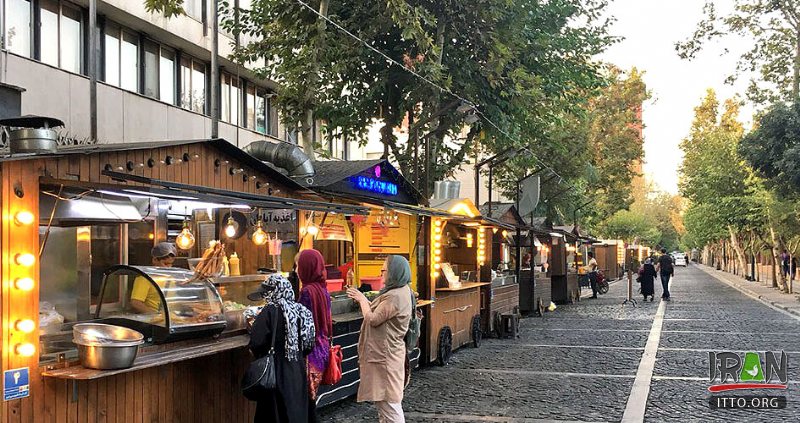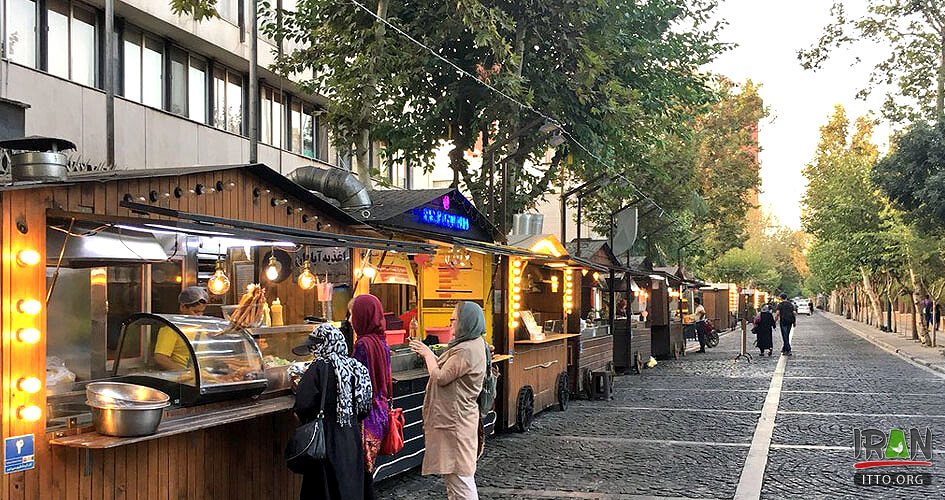Si-e Tir, a historical stone-paved one-way street in downtown Tehran, has been designated as an accessible tourism destination for all people, deputy tourism chief has said. Introduced by the United Nations World Tourism Organization (UNWTO), the creation of the international “Accessible Tourism Destination” aims to make sure that a destination can be enjoyed by any tourist, regardless of their physical, sensory or cognitive abilities.
Development and implementation of the Accessible Tourism Destination(s), that shifts the focus on the availability of tourism services for people with disabilities and veterans, is jointly on the agenda of the UNWTO and the Cultural Heritage, Tourism, Handicrafts and Tourism Organization, CHTN quoted Vali Teymouri.
“Currently, entry to the operational phase of the project ‘Accessible Tourism Destination’ is being explored,” he said. “With the help of international support and cross-cutting interactions, including the abilities of decision-making bodies in this arena, we can use all of tourism facilities and services to be offered to all tourists, especially the handicapped and war veterans.” The official stated Si-e Tir St. is suitable for being an “Accessible Tourism Destination”, saying “Hotels, travel agencies, museums and, in general, all tourist centers of this street can be equipped for the use of handicapped and veterans according to the UNWTO specifications.
The UNWTO Recommendations on Accessible Tourism for All are meant to be used as a general, basic mainstreaming framework for ensuring that people with disabilities have access to the physical environment, the transportation system, information and communications channels, as well as to a wide range of public facilities and services.Si-e Tir corresponds with July 21 and is named after the date of the massive pro-Mossadegh uprising against the Shah in 1952 in which dozens of people were killed. This cobblestone street intersects Imam Khomeini Street between Imam Khomeini Square (better known as Toop Khuneh to the locals) and Hasan Abad Square.
It continues north to Nofel Loshato Street near the Embassy of France, although once you pass the intersection of Jomhuri Avenue, the name mysteriously changes to Mirza Kuchak Khan (named after an early 20th century Gilani revolutionary).
One of the most striking and curious features of Si-e Tir is the fact that a synagogue, two churches, a mosque, and a Zoroastrian fire temple harmoniously coexist along this street. Moreover, there’s a lot of culture to explore on and nearby this street; most notably, the National Museum of Iran, which explores 30,000 years of habitation in the region through primitive art, tools from the Stone Age, pottery, coins, remnants of Persepolis, and other excavated treasures.



